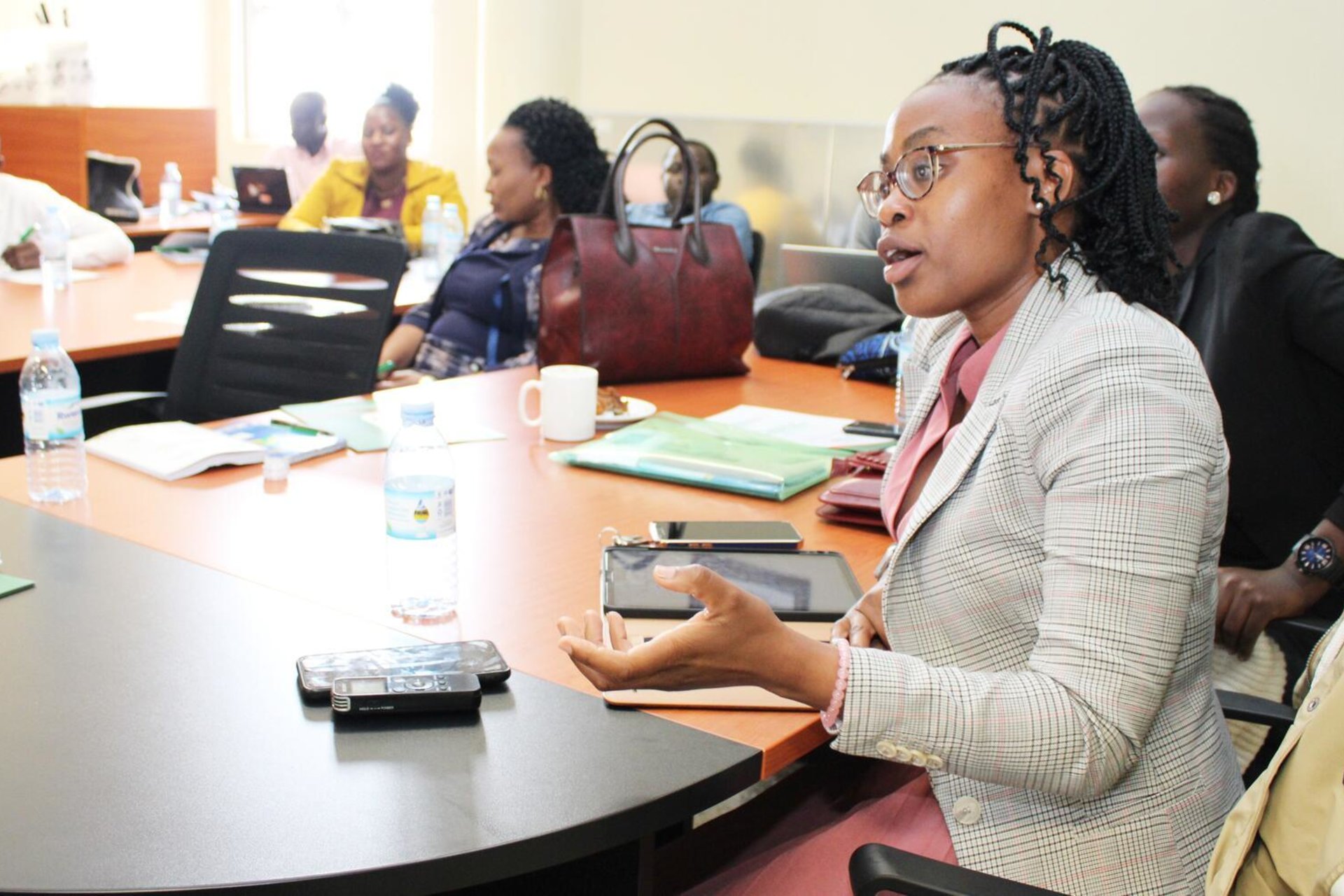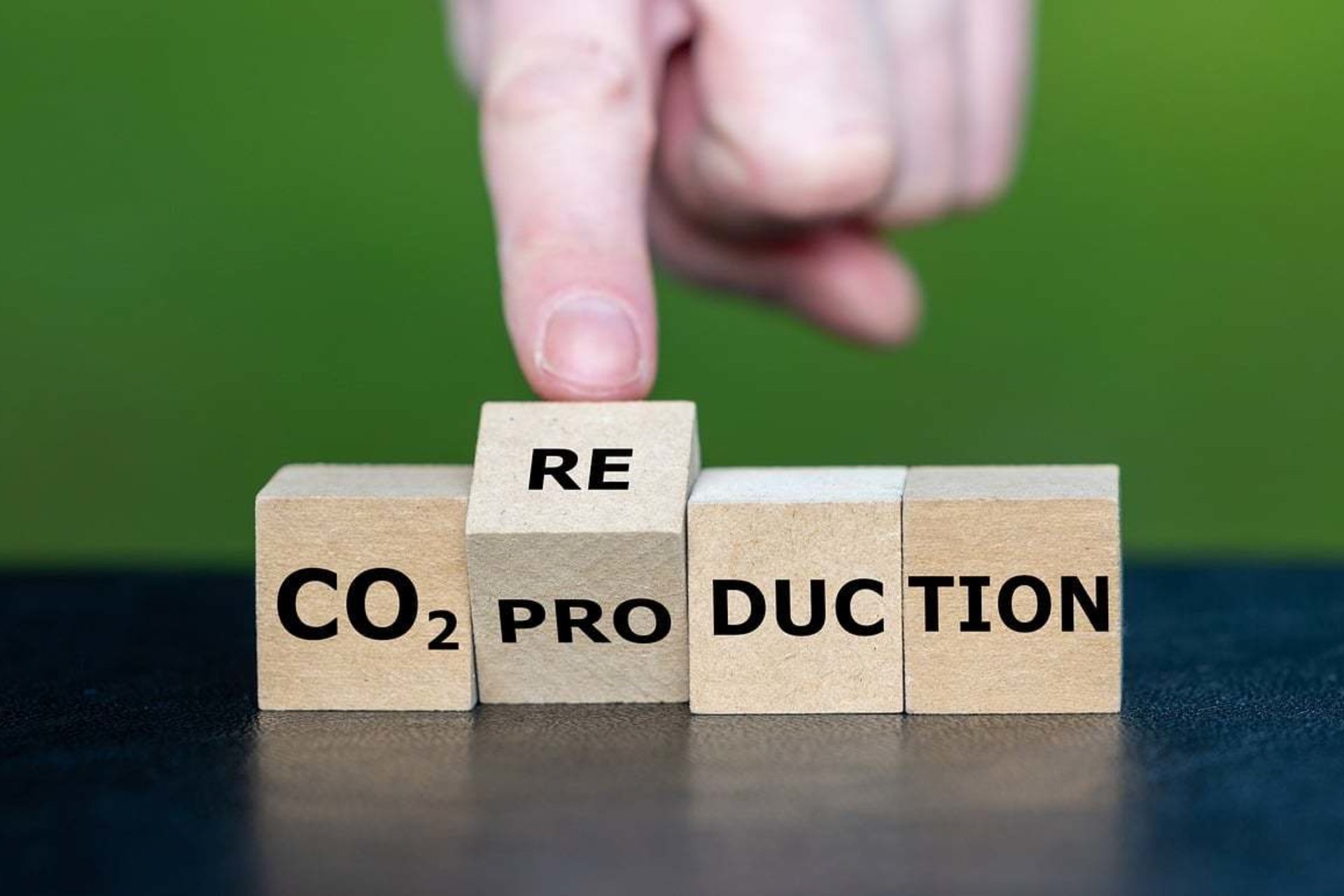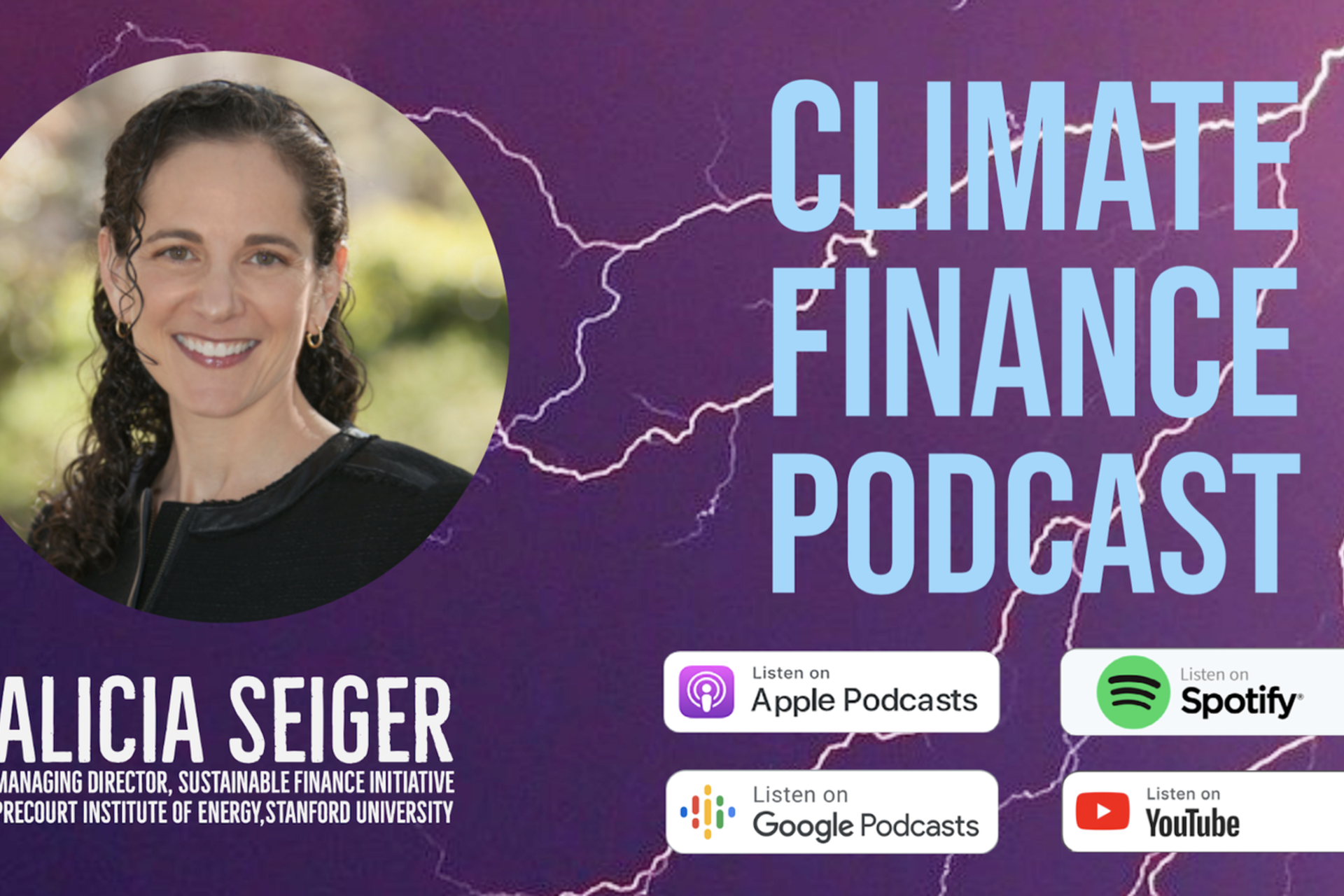
Oren Fliegelman – MBA & MS, Environment & Resources
Over my time studying climate and energy systems at Stanford, a place known for its world-changing inventions, I’ve come to what may seem like a surprising realization: Many of the tools that the world needs to decarbonize don’t need to be dreamed up – they already exist. In fact, nearly two-thirds of the world’s emissions reductions will come from already-scalable technologies, according to the IEA. The challenge now is readying them for commercialization, producing them at scale, and deploying them across the country.
That’s why I was thrilled to spend this summer at the Department of Energy’s Loan Programs Office (LPO). LPO’s mission is to serve as a “bridge to bankability” for proven-but-emerging technologies that have significant decarbonization potential but are too early to access adequate private debt capital. Through loan and loan guarantee authority that now reaches hundreds of billions of dollars thanks to the Inflation Reduction Act, the office helps overcome the major financing barrier to deploying these technologies across America.
Much of my work centered on planning a first-of-a-kind conference that took place in Washington, DC in September, called Demonstrate Deploy Decarbonize 2023 – or just Deploy23 for short. The summit brought together more than 600 public and private sector leaders to discuss ways to accelerate deployment of key ready-to-scale technologies. Deploy23 “aimed to bring all the key players together,” as the newsletter CTVC put it.
The conference consisted of three types of sessions. First: large plenary gatherings, where audience members heard big-picture talks from government officials like Jigar Shah, director of LPO, and David Crane, the Department of Energy’s Undersecretary for Infrastructure. Second: professionally moderated “deploy dialogues” on topics like virtual power plants (VPPs) and grid modernization which brought key stakeholders together for problem-solving discussions.
The third type of session was the one I spearheaded: smaller deep dive “circuit” seminars. These sessions allowed attendees to hear the latest updates from leaders across the government on topics ranging from long-duration storage to community engagement to critical materials. It was fascinating to help plan these sessions and see them come to life once attendees were gathered in DC.
This summer has left a lasting impression on me. Three key takeaways stand out:
- There is incredible momentum throughout the public and private sectors to deploy decarbonization technologies across the country. Everyone understands that the time to act is now – and speed will be critical.
- Coordination between the government and the private sector is the key to success. If everyone runs in a different direction, we’ll just end up standing in place. Getting public and private sector leaders on the same page today is a critical foundation.
- Getting these technologies out to the world at scale is hard work – but it’s incredibly exciting and a lot of fun. I’m looking forward to continuing to explore ways to contribute to this important work.



